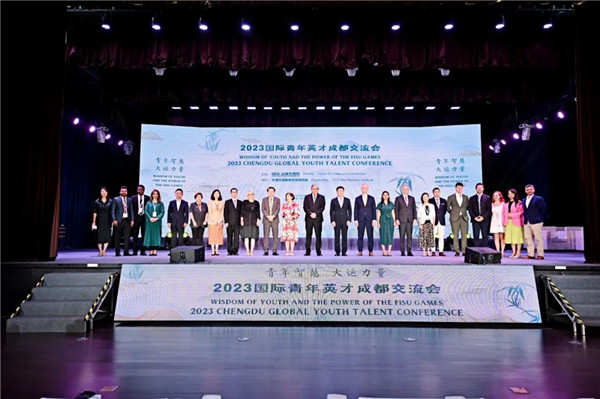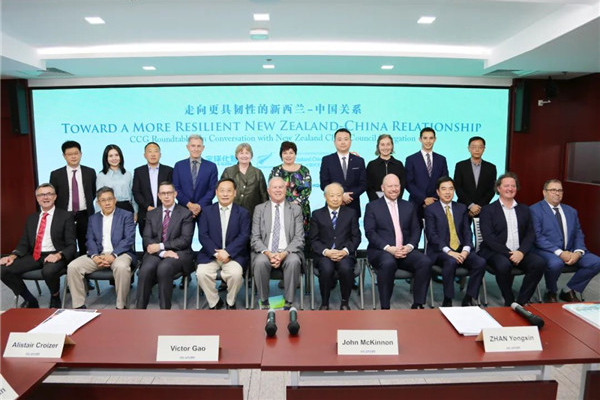2019 Chinese Overseas Returnees Employment and Entrepreneurship Report released in Beijing

Since the launch of Reform and Opening-up, China’s study abroad wave has developed steadily and rapidly. However, with the rise of popularism and protectionist sentiments around the world, international cooperation on cross-border flows of talents has been affected.
On December 19, 2019, the Center for China and Globalization (CCG) and Zhaopin released the 2019 Chinese Overseas Returnees Employment and Entrepreneurship Report at CCG Beijing Headquarters.
The report, co-authored by CCG and Zhaopin, focused on the employment and entrepreneurship trends of Chinese overseas returnees since 2015, providing an overview of the opportunities and challenges for Chinese overseas returnees.
At the press conference, CCG Secretary-General and Deputy Director Miao Lv and Togo Career Vice President Li Qiang spoke introduced the report. Li Qing, director of CCG Research Department I, highlighted some key findings of the report.
The report has two sections, including a questionnaire and Zhaopin’s big data-based research.
Key questionnaire findings
■ The post-90s cohort were major targets of the research and made up a substantial proportion of respondents.
■ Changes in international relations have had a considerable impact on international student’s choice of study destination.
■ “Having a global perspective” is replacing “language” as the perceived primary advantage for returnees.
■ Lack of knowledge about the domestic labor market is the main disadvantage for returnees.
Imbalance of supply and demand for returnees
■ Demand for returnees is concentrated on educational and training positions in metropolitan areas, yet only 7% of the employees of educational and training companies are returnees.
■ Private enterprises have the highest demand for returnees.
■ Employers based in Beijing, Shanghai, Shenzhen, and Chengdu have a higher demand for returnees than other cities.
■ Returnees’ average salaries are higher than the median of overall employees.
■ The level of educational attainment of overseas returnees tends to be higher than enterprise requirements.
Key points from big-data research
Metropolitan areas gain most in the competition for returnee talent
■ Compared to previously, overseas returnees have a growing number of cities to choose from. Returning to one’s hometown has become increasingly attractive. However, most returnees still expect to find employment in metropolitan areas, especially in Beijing, Shanghai, and Shenzhen.
■ At present, a large number of returnees are working and living in Beijing, Shanghai, and Shenzhen. These first-tier cities are the winners in the competition for returnee talent.
Difficulties for Chinese overseas returnees
■ Overseas returnees have some advantages, such as a global perspective and foreign language skills. However, compared with students who receive higher education in China, overseas returnees are weaker in searching for employment information. The majority of overseas returnees still heavily rely on recruitment websites to send their CVs to employers.
■ Besides, one-third of overseas returnees report dissatisfaction with their current employment situation. In recent years, there has been a rise of “996” work culture – working 9 am to 9 pm, six days a week. Many overseas returnees find it difficult to accept this stressful 996 work culture.
■ Overseas returnees that want to start a business in China face challenges in areas such as financing and weak entrepreneurship services. For this group of overseas returnees, the most needed services include technology, research and development, and market development.





